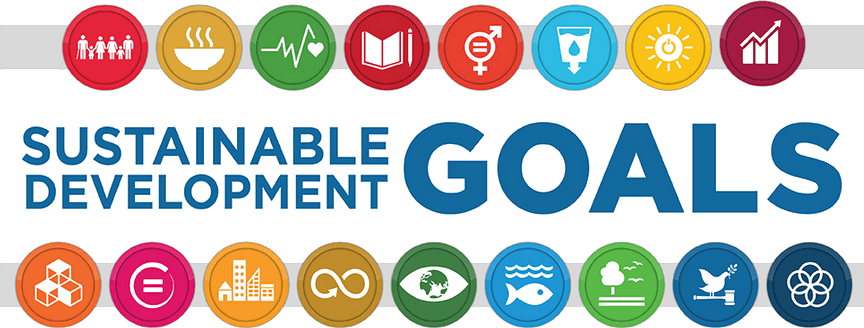Agenda 2030: a compass for development
01.03.2017
The new issue of GIZ’s akzente magazine is out now.
The cover story explores Agenda 2030 and why we should stick with it – even in times of crisis.

In signing up to Agenda 2030 in September 2015, 193 countries made a commitment to pursue sustainable economic growth that will increase prosperity without destroying the environment. The sustainable development goals set out in the Agenda apply equally to all countries. They form the overarching framework for international cooperation and provide a policy guideline for sustainable development at both national and international level.
But Agenda 2030 is already facing major challenges due to the increasing number of conflicts and trouble spots. In her essay for the new issue of akzente, Dagmar Dehmer, editor for the politics section of the Berlin newspaper Tagesspiegel, explores this problem, asking whether in such unstable times it is really worth standing by this ‘blueprint for a better world’. Does Agenda 2030 add up to more than just fine words? The journalist’s unequivocal response is ‘yes’. Drawing on examples from Syria, Kenya and Morocco, she demonstrates how important it is – particularly in the current climate of insecurity – to maintain support for Agenda goals.
Many of the positive developments of recent years have their origins in Agenda 2030’s predecessor, the Millennium Development Goals. In 2000, for example, the international community pledged to halve the number of people living in extreme poverty by 2015. That goal was achieved.
So why – in spite of this – do we tend to view the current state of the world with scepticism? This question is put to the German economist, Max Roser, in an interview. His answer raises the issue of distorted perceptions and the tendency people have to overstate the negative. Roser’s research shows that most people are in fact better off today than in the past. But the number of armed conflicts is on the rise – rising almost threefold from 2007 to 2014 – and that is the thing we see most.

